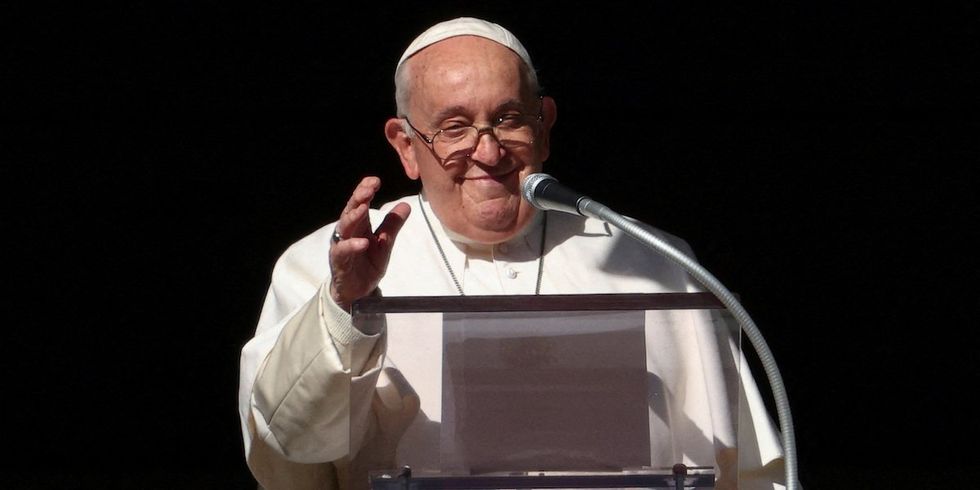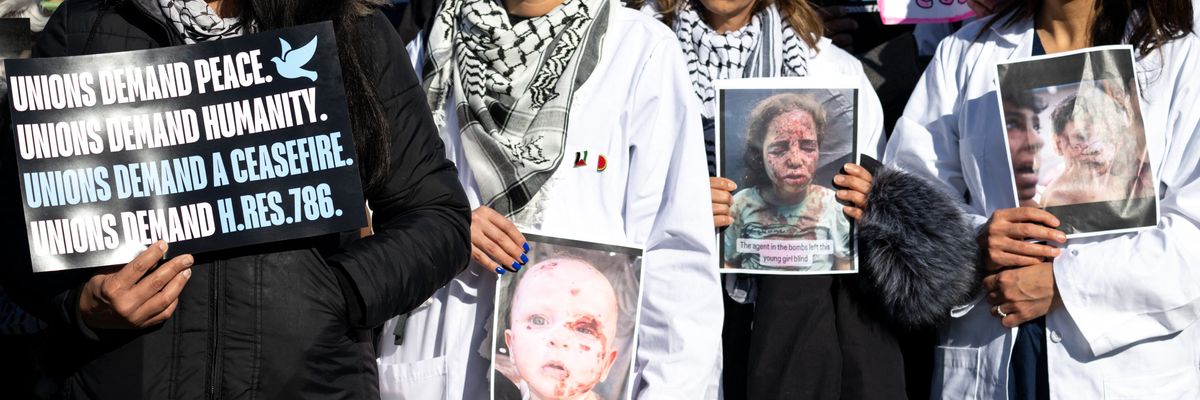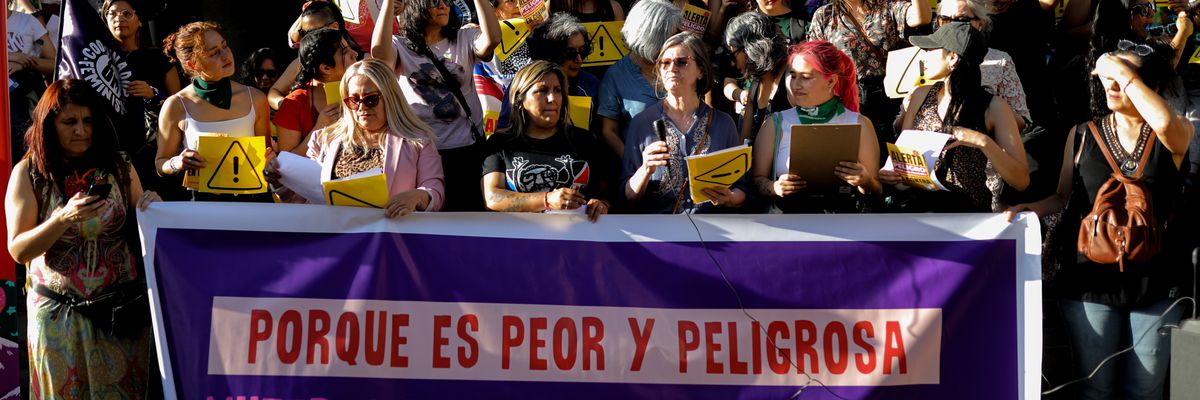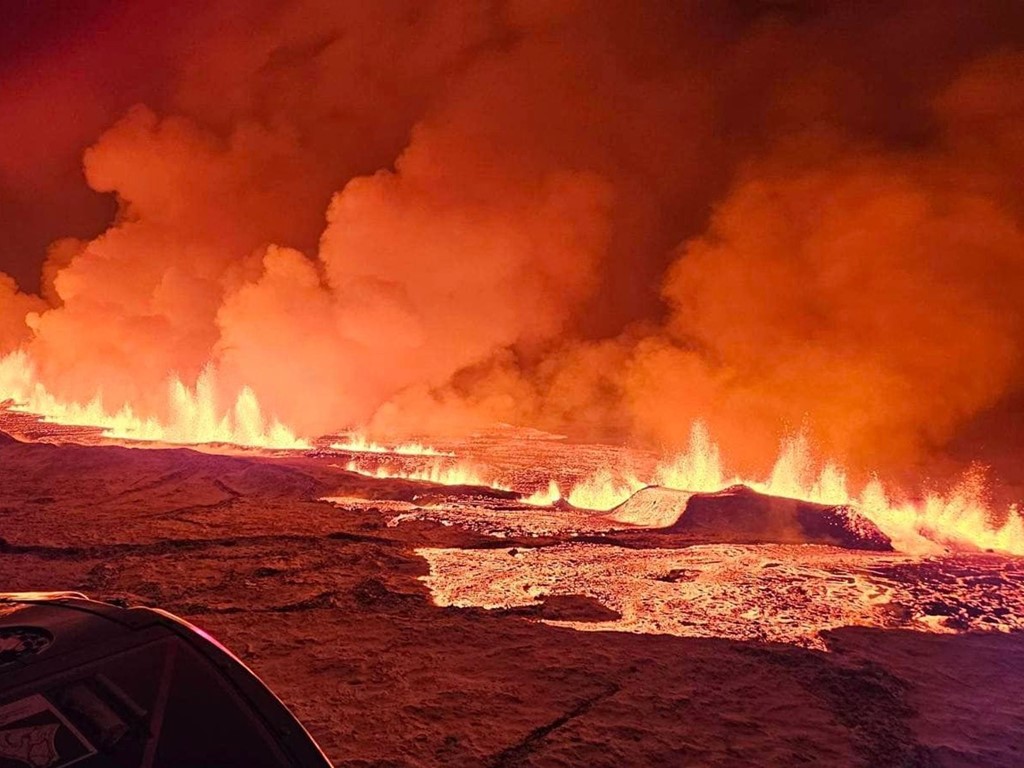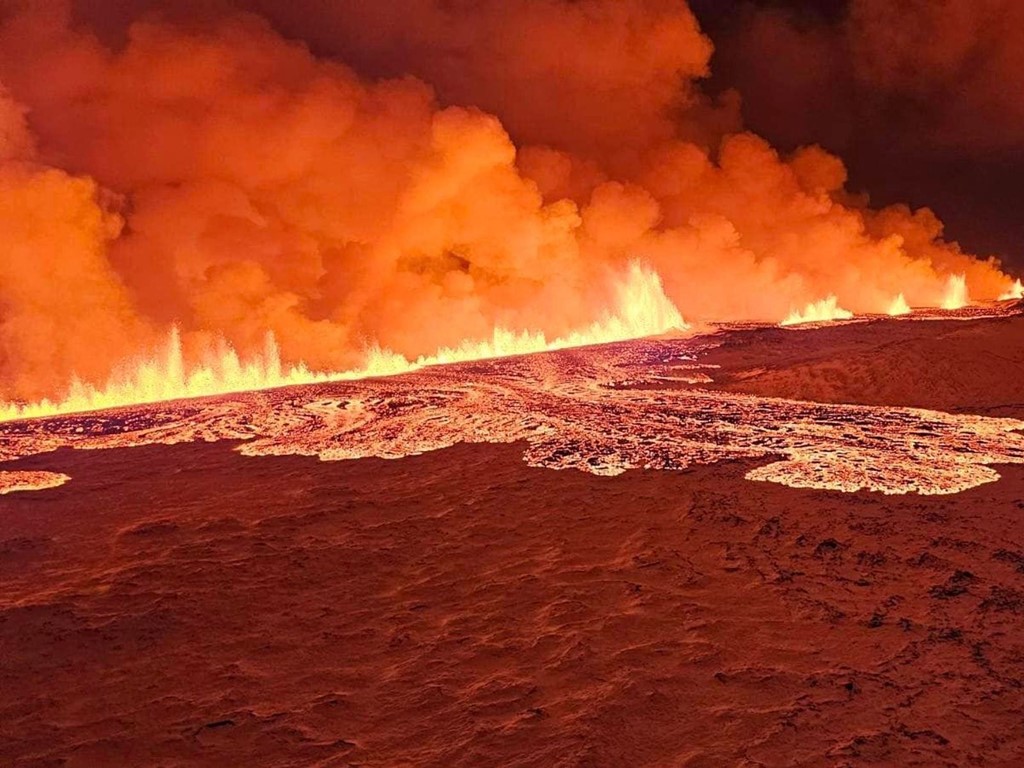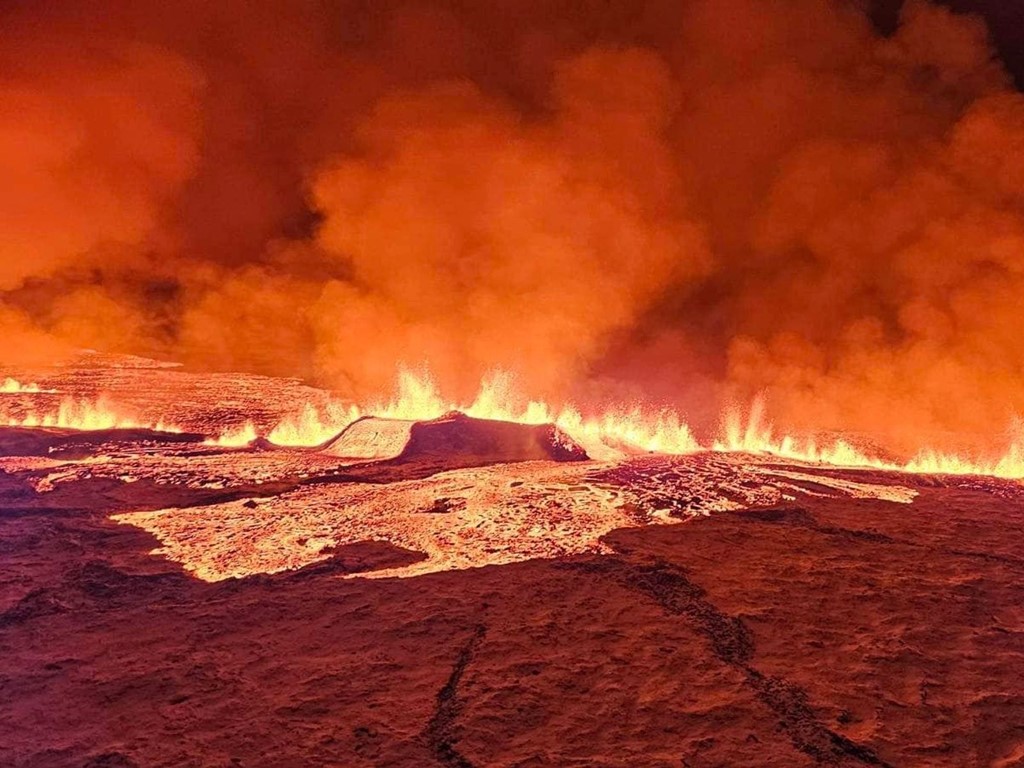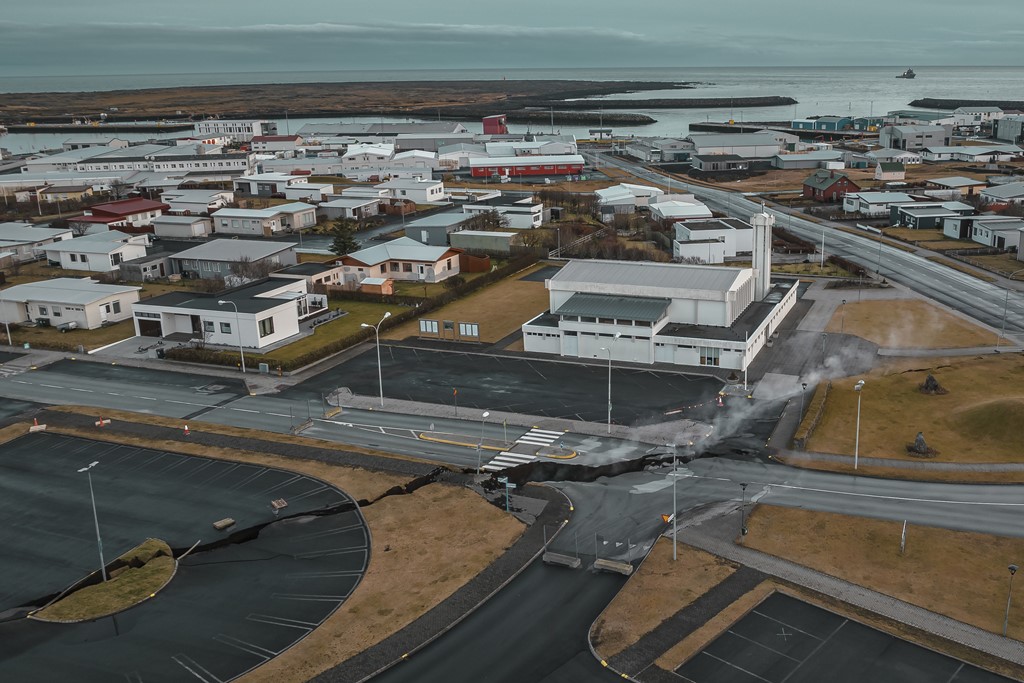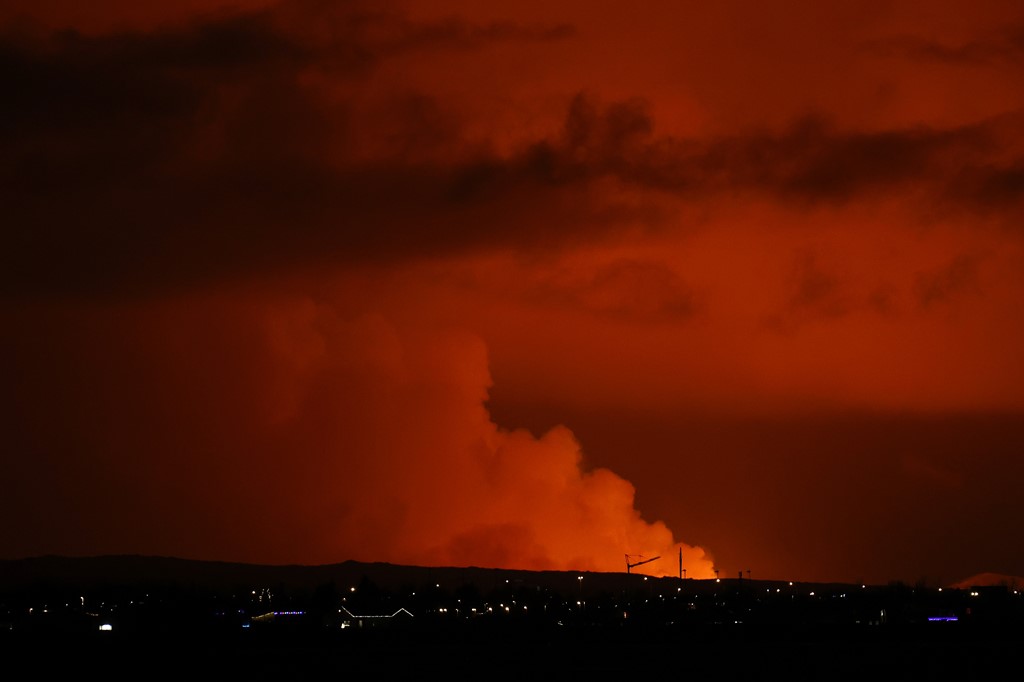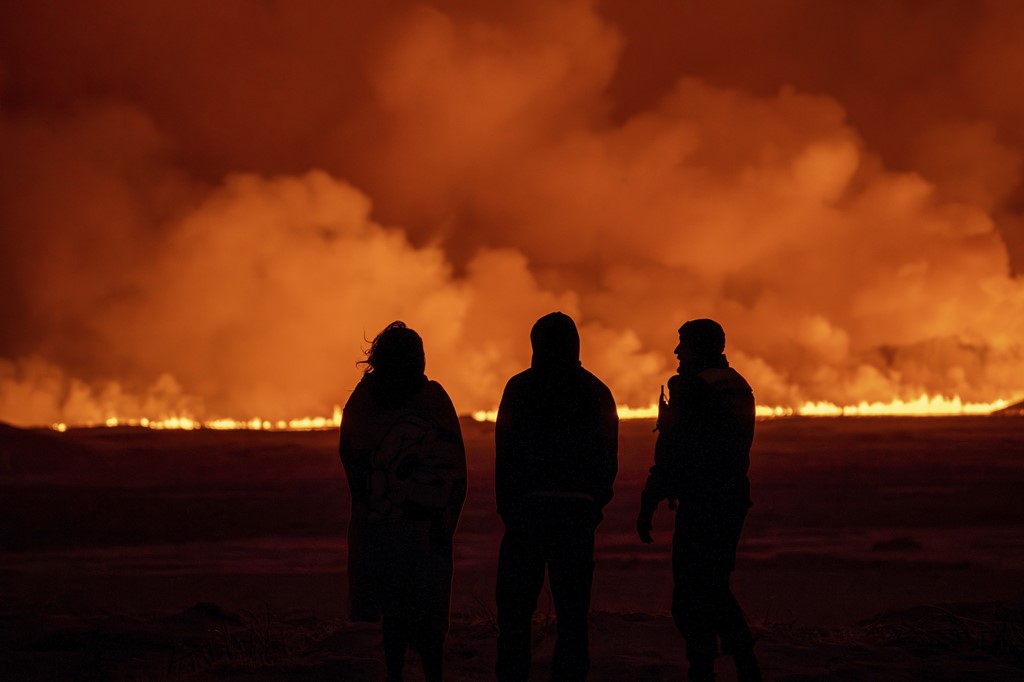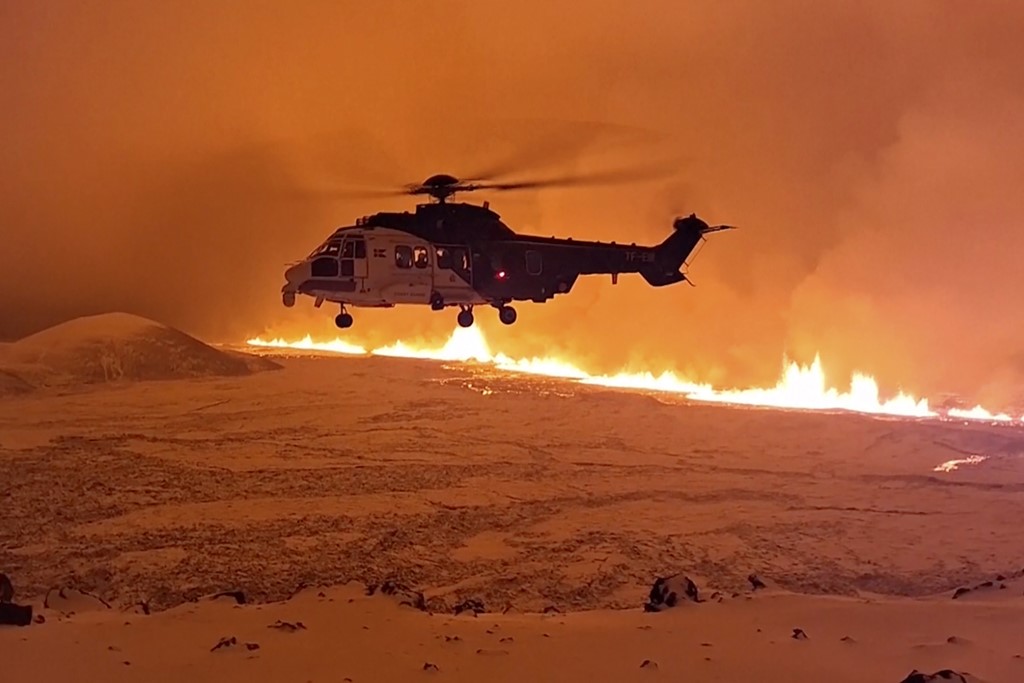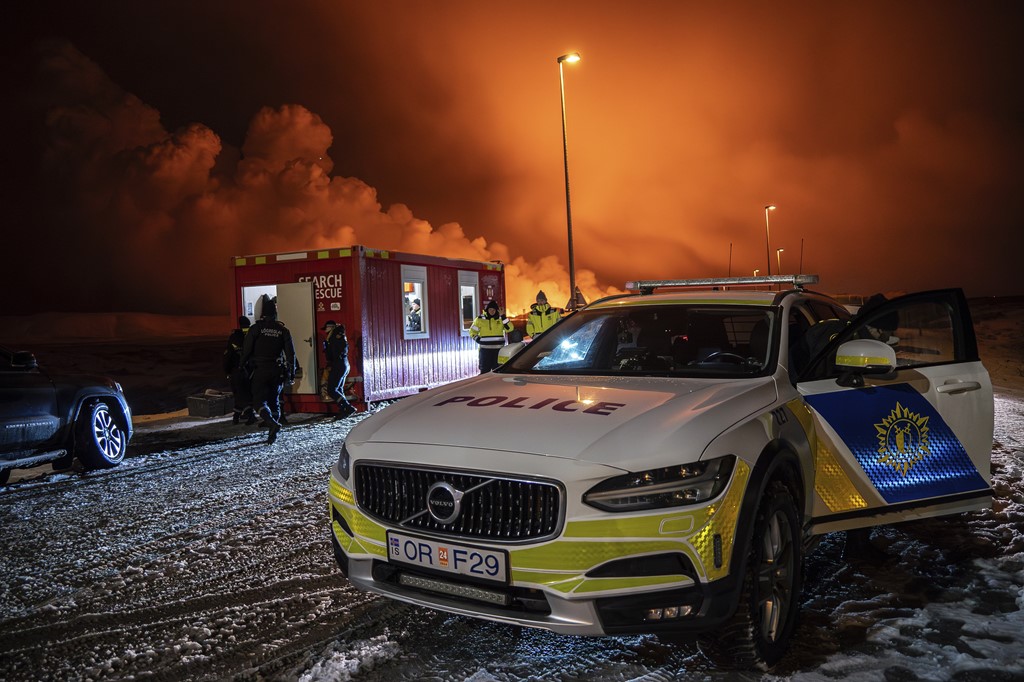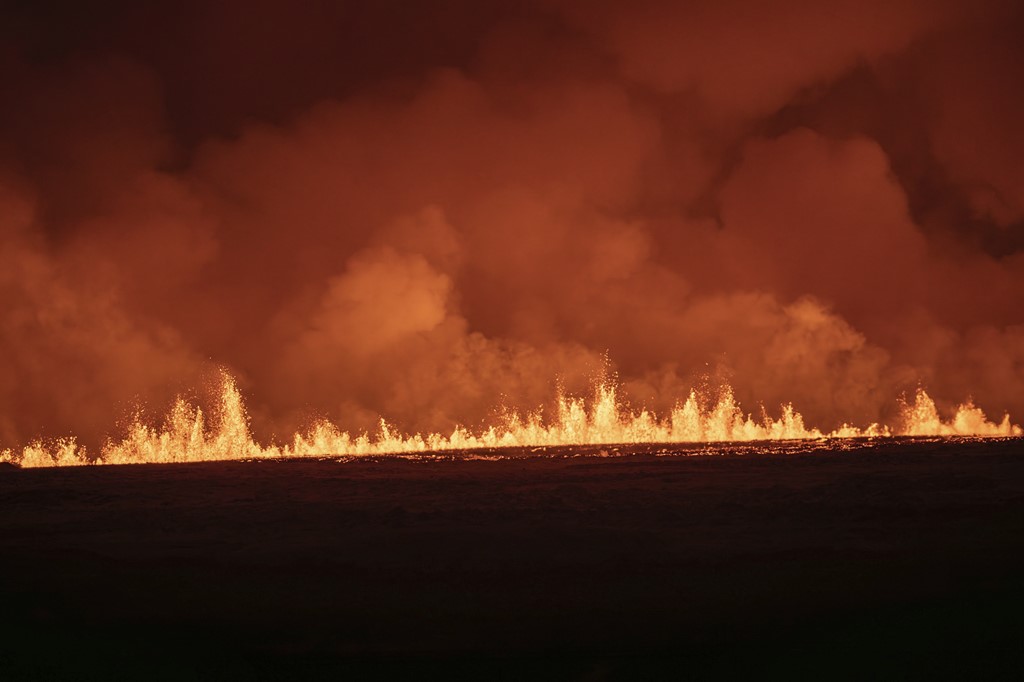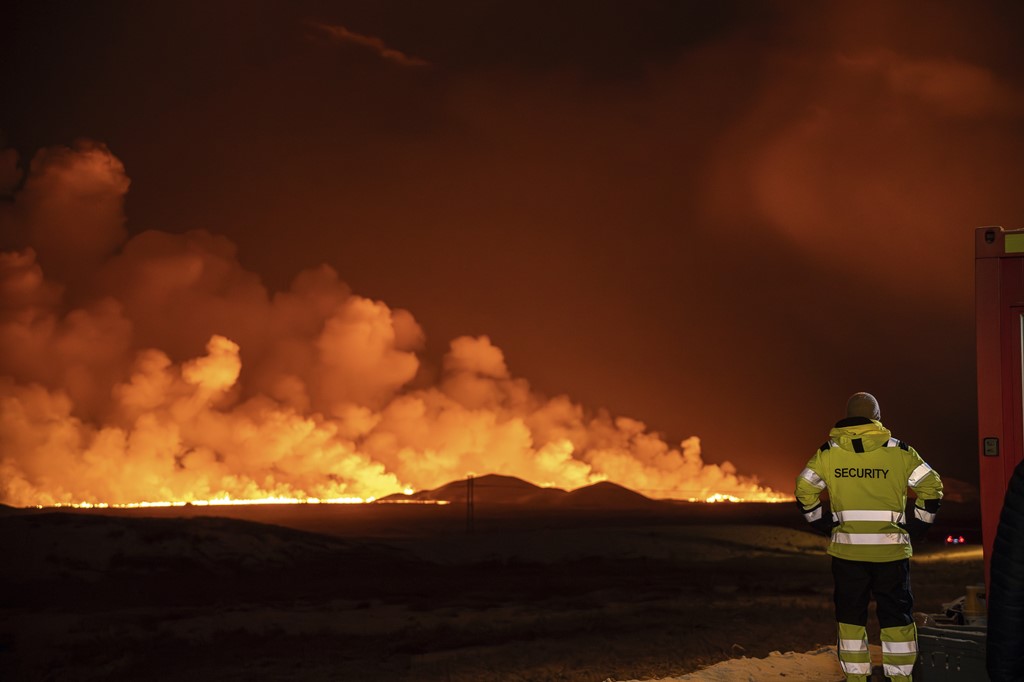Texas governor signs law allowing state to detain and deport migrants

Los Angeles, USA, Dec 18 (EFE). – Texas Governor Greg Abbott, a Republican, signed a package of anti-immigrant laws on Monday, including SB4, considered one of the harshest in American history, which gives state officials the power to stop, arrest, detain and deport migrants.
“The goal of Senate Bill 4 is to stop the tidal wave of illegal entry into Texas,” Abbott said at a signing ceremony along the border in Brownsville.
One of the harshest immigration laws in American history, SB4 allows local and state law enforcement to arrest anyone suspected of crossing the border illegally and charge them with crimes ranging from Class A misdemeanors to felonies, punishable by up to 20 years in case of a repeat offender.
The law also allows the state judiciary to order the deportation of people without a trial.
Amid concerns from activists who argue that the law will encourage racial profiling of immigrants living in the state, among other negative outcomes, Abbott warned that the application of this law “will be focused on the border”.
Meanwhile, dozens of Texas organizations strongly criticized the law on Monday, and warned Abbott that they will meet in court “very soon”.
A group of activists led by LUPE and the Frontera Texas Organising Project, among others, reminded the governor that they are in a “state of vigilance and resistance” against the implementation of this measure.
“There is no limit to the terror that Governor Abbott is inflicting on Texans,” said Tania A. Chávez Camacho, director of LUPE, said.
She also warned that they will continue to march, testify and organize against these policies “in the streets and in the courts”.
Additionally, the American Civil Liberties Union (ACLU) of Texas confirmed to EFE on Monday that it “intends” to file a lawsuit against SB4 this week.
Sarah Cruz, border and immigrant rights policy and advocacy strategist at the ACLU of Texas, said this law is one of the “most radical and anti-immigrant bills in the country,” and warned that SB4 violates international and state law and interferes with the asylum process.
She added that it will “undoubtedly lead to more rights violations” and “it will instill fear in black, brown and indigenous communities and all people of color across the state.”
Fernando García, executive director of the Border Network for Human Rights (BNHR), warned in a press release that dozens of Texas organizations have pledged to “resist the anti-immigrant, racist and xenophobic agenda led by Governor Abbott”.
Domingo García, president of the League of United Latin American Citizens (LULAC), the largest Hispanic civil rights organization in the United States, also attacked Abbott and the Texas legislature, accusing them of being “determined to turn their legislative power into a weapon to achieve political gains at the expense of human lives”.
The president of the National Association of Latino Elected Officials (NALEO), Arturo Vargas, also issued a statement condemning the promulgation of the law, which he described as anti-immigrant, unconstitutional, costly and unsound.
On Monday, Abbott also signed two other bills, including SB3, which provides an additional $1.54 billion for the construction of the border wall and funding for security operations in the region, including funding for police departments to implement SB4.
Despite the exorbitant cost of his immigration policies, the measures have allowed Abbott, who has been governor since 2015, to consolidate his power in the state by overriding Democratic objections, promoting his anti-immigrant agenda nationally and challenging President Biden’s administration, which he blames for illegal immigration because of its supposed ‘open borders’ policy. EFE
amv/mcd (video)
